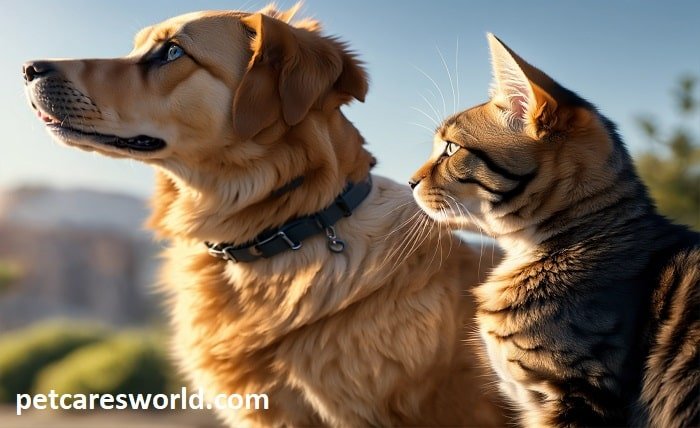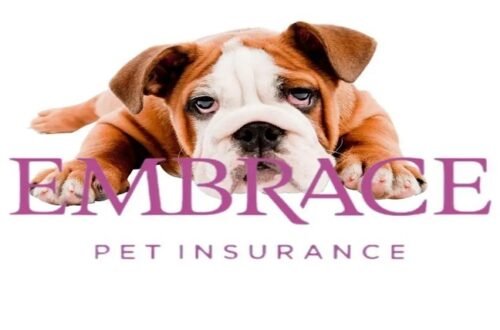Penthouse Pets have been a fixture in men’s magazines for decades. This blog post will delve into the history of this iconic feature, explore the criteria for becoming a Penthouse Pet, discuss the impact they’ve had on popular culture, address the ongoing debate about objectification, and offer some alternatives for those seeking a different perspective on female beauty.
From Magazine Spread to Pop Culture Phenomenon
The concept of the Penthouse Pet originated in the very first issue of Penthouse magazine in 1965. Hugh Hefner’s Playboy already featured Playmates, and Penthouse founder Bob Guccione sought to create a competitor. Over the years, Penthouse Pets have become synonymous with a certain type of beauty – curvaceous, glamorous, and confident.
The Selection Process
The selection process for becoming a Penthouse Pet is shrouded in some secrecy. However, it’s generally understood that hopefuls submit photos and may go through interviews or auditions. Editors consider not just physical attributes, but also charisma and the ability to connect with the camera.
The Centerfold: Impact on Pop Culture
Penthouse Pets have transcended the pages of the magazine. They’ve appeared in films, television shows, and even music videos. Their influence can be seen in fashion trends and the overall perception of female beauty throughout the latter half of the 20th century.
The Objectification Debate: A Different Perspective
The concept of Penthouse Pets has always been controversial. Critics argue that it objectifies women and reduces them to their physical appearance. The rise of the feminist movement in the 1960s and 1970s brought this debate to the forefront, and it continues today.
Alternatives to the Penthouse Aesthetic
There’s a growing movement celebrating a wider range of beauty standards. Body positivity campaigns and magazines like Sports Illustrated Swimsuit Issue showcase a more diverse and athletic ideal. Social media platforms have also given women a platform to define their own beauty on their own terms.
Conclusion
Penthouse Pets have been a significant part of men’s magazine culture, leaving an undeniable mark on popular culture. While their legacy is complex and sparks debate, the media landscape has broadened its definition of beauty. Today, readers have a wider range of choices that celebrate diverse aesthetics.
FAQ
- Q: How can I learn more about the history of Penthouse Pets?
A: Due to the potentially explicit nature of the content, exhaustive online resources might be limited. However, searching for articles about “early issues of Penthouse magazine” or “history of men’s magazines” might yield results.
- Q: Is there a way to see Penthouse Pets content legally?
A: This depends on your location and age restrictions. It’s important to consult the specific legalities and age requirements before seeking out such content.
- Q: Are there other publications celebrating a more diverse range of beauty standards?
A: Absolutely! Magazines like Sports Illustrated Swimsuit Issue, Vogue (with its global editions showcasing various cultures), and Self all promote a wider definition of beauty. Additionally, many social media influencers and body-positive movements advocate for inclusivity in beauty standards.






